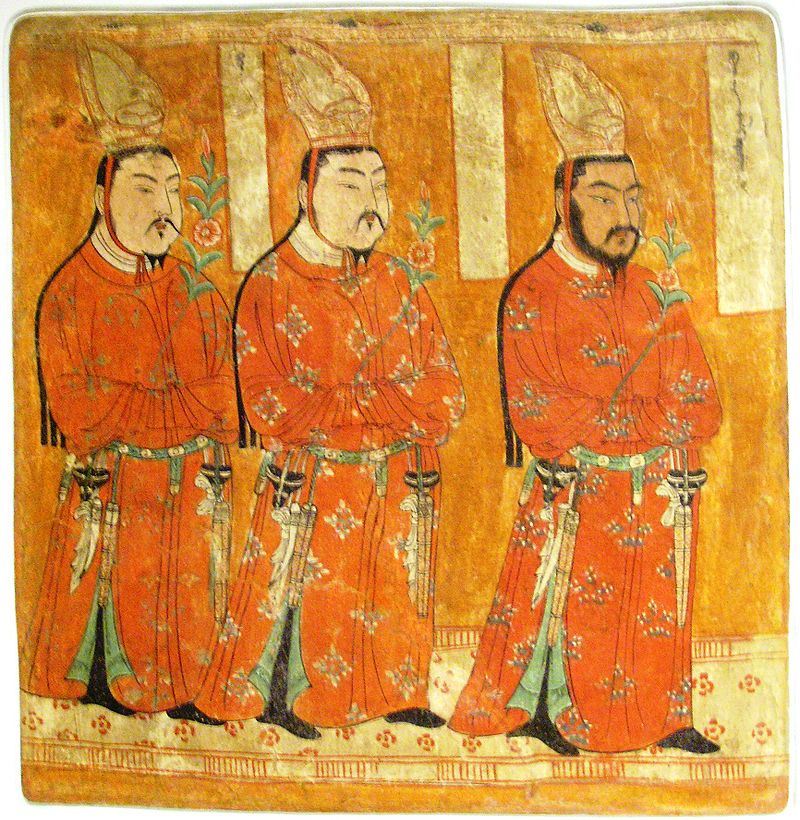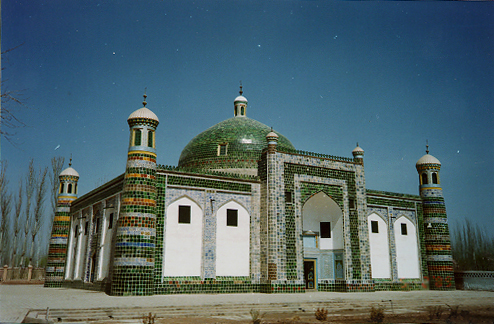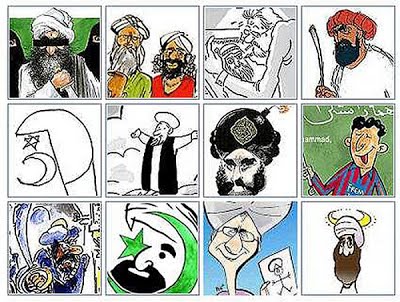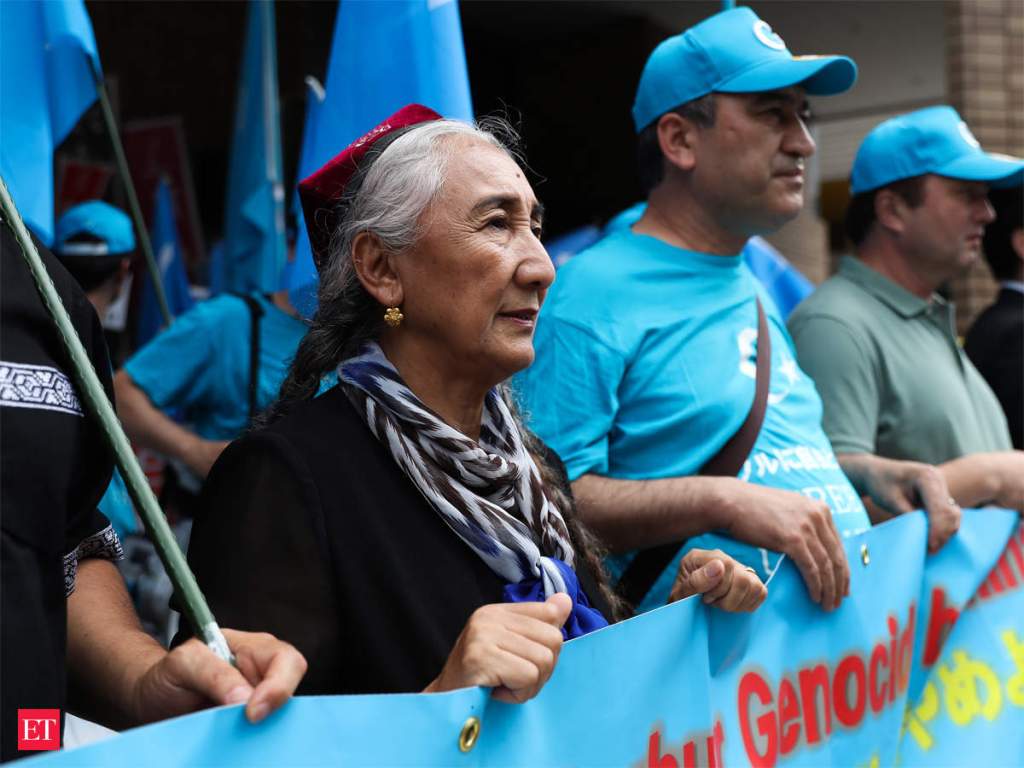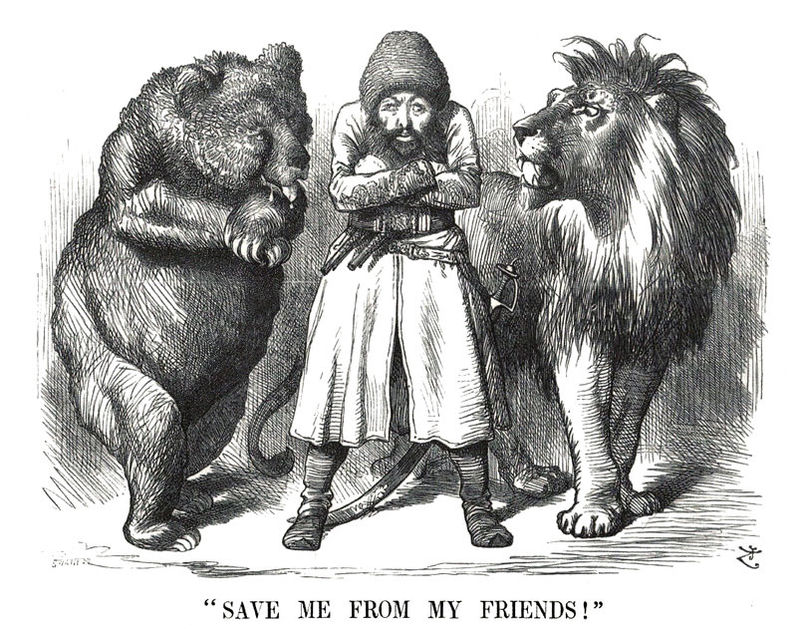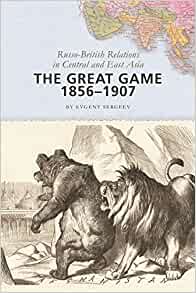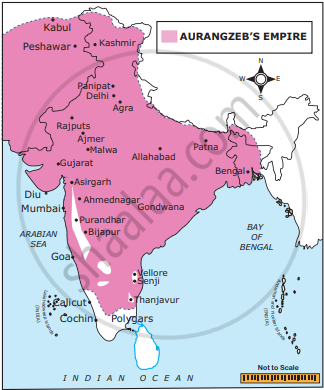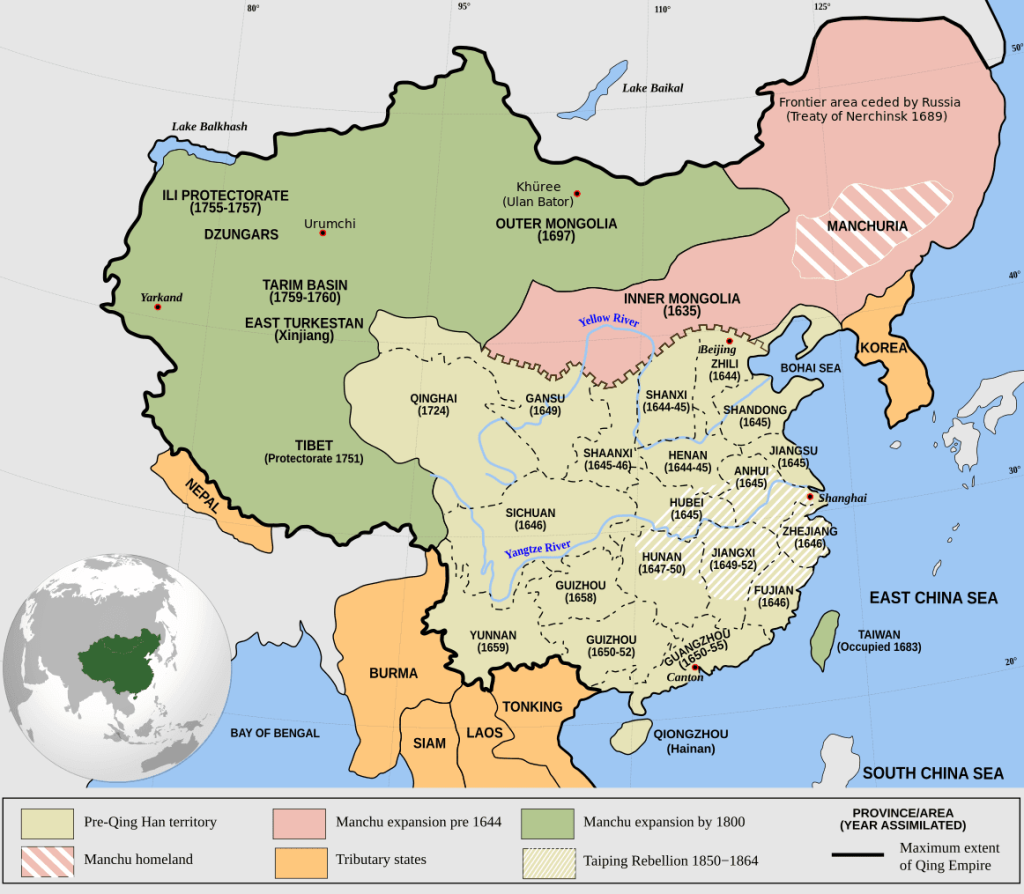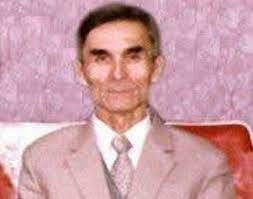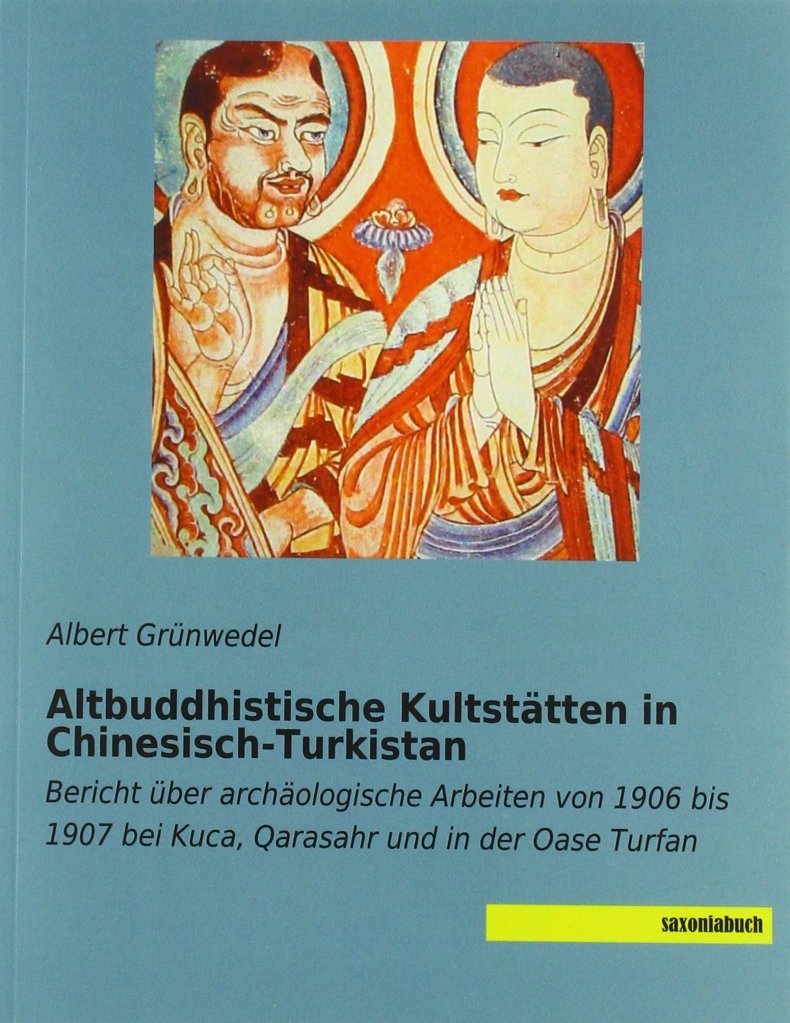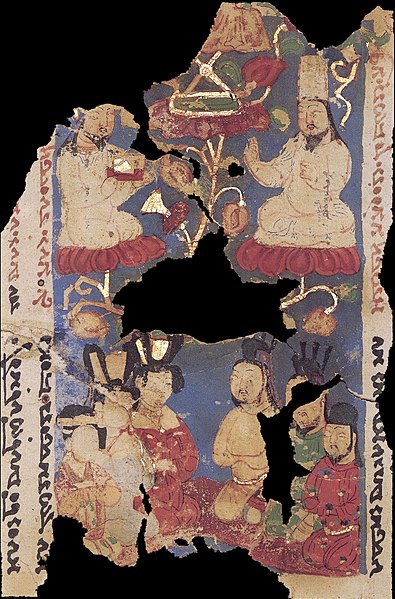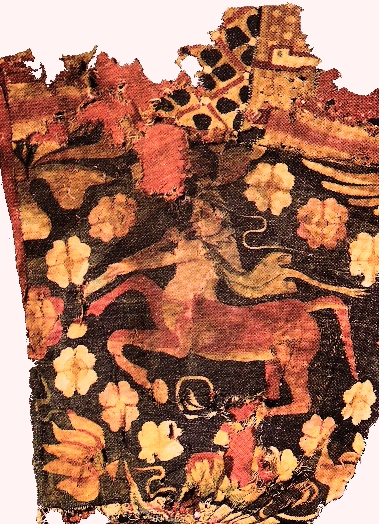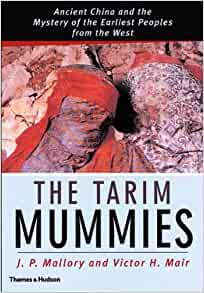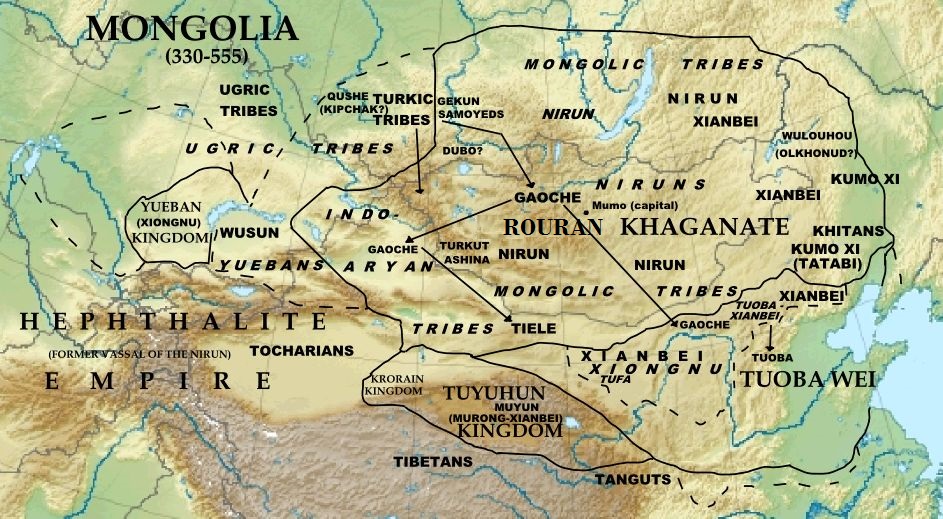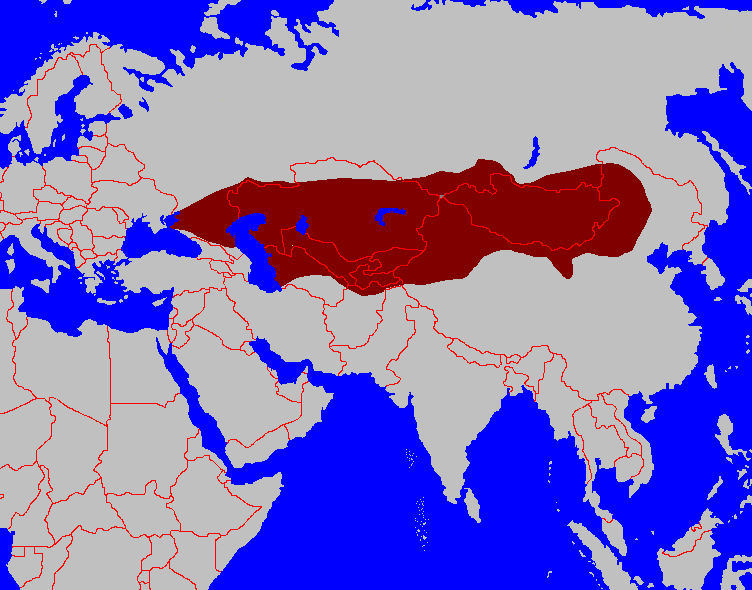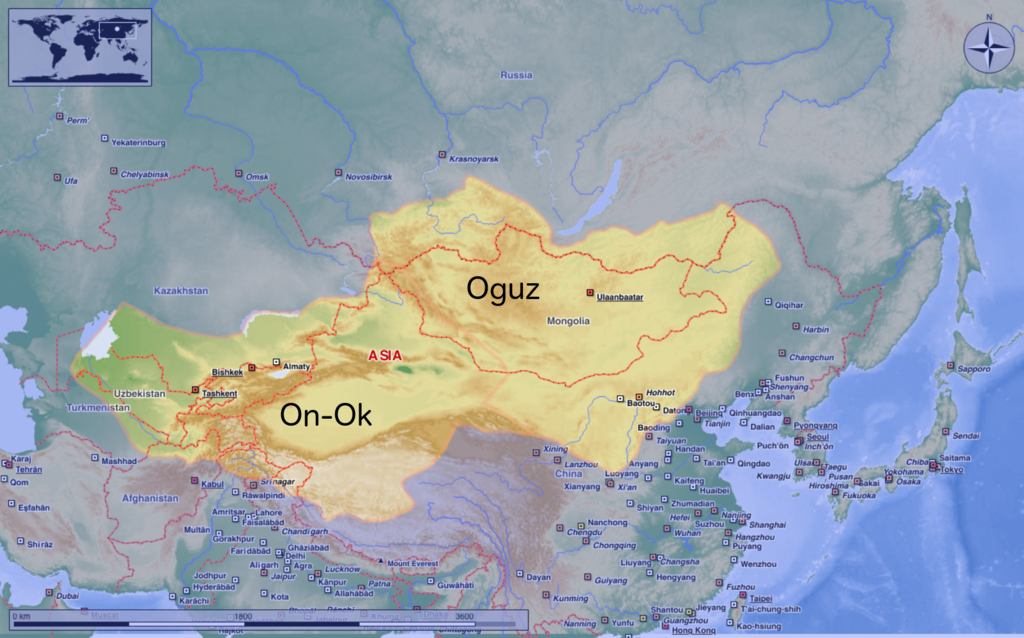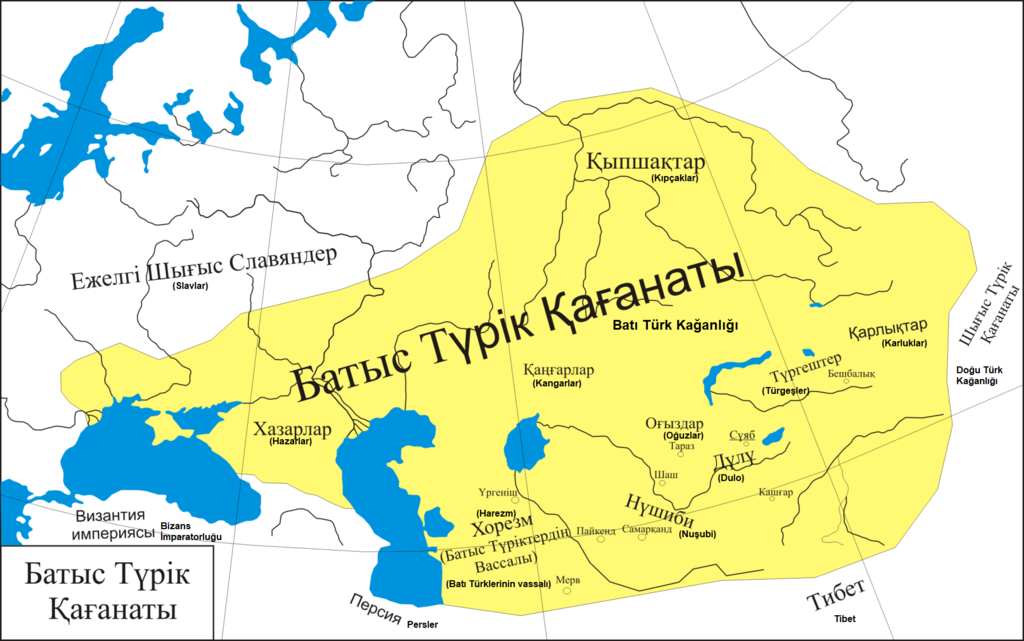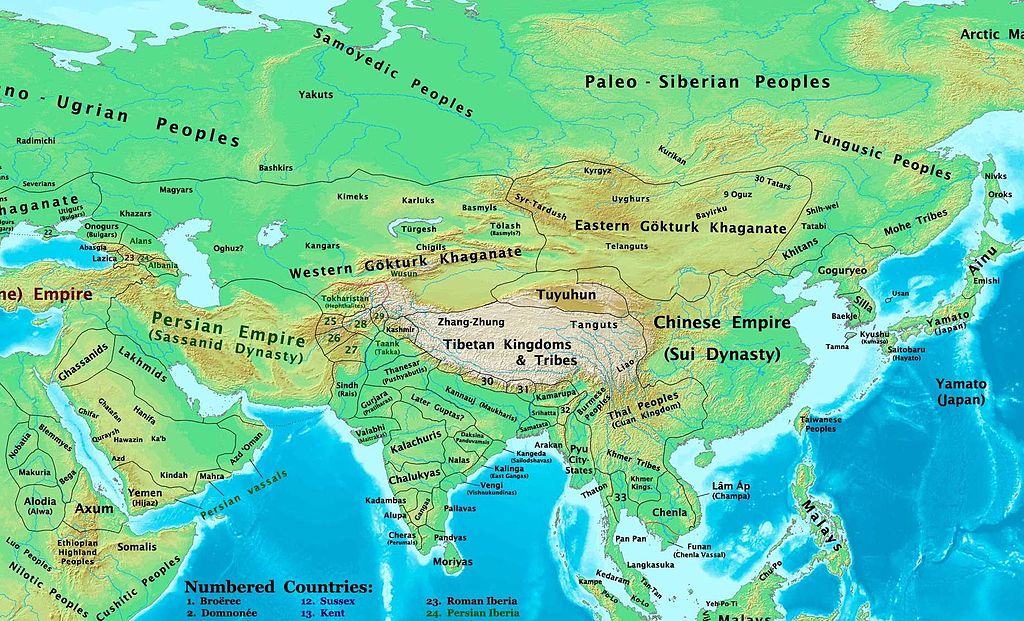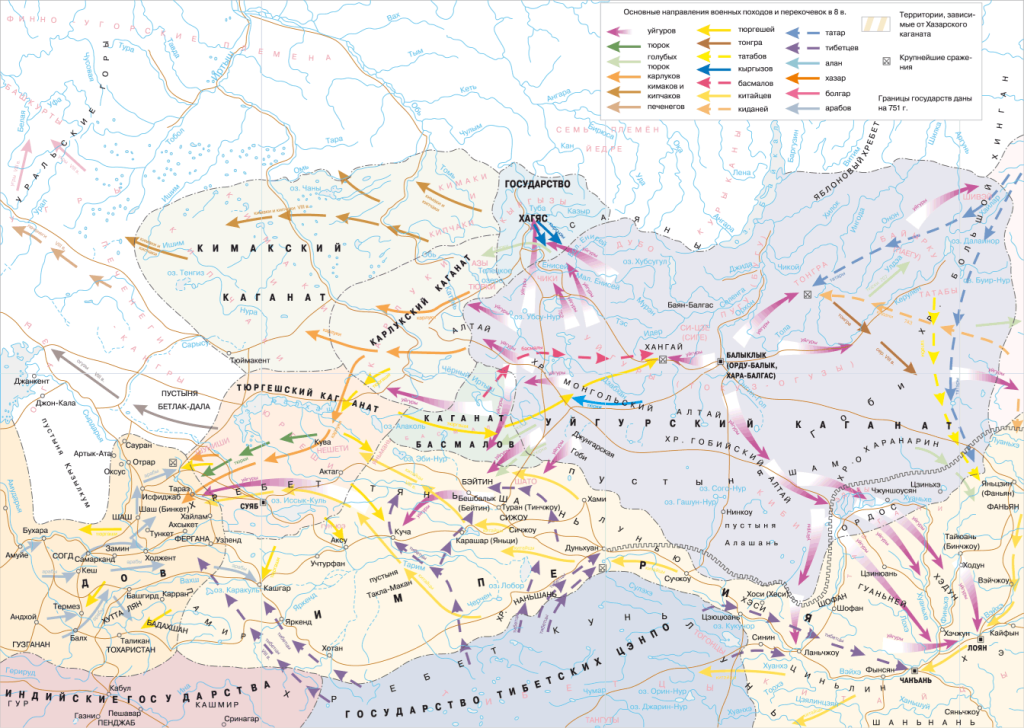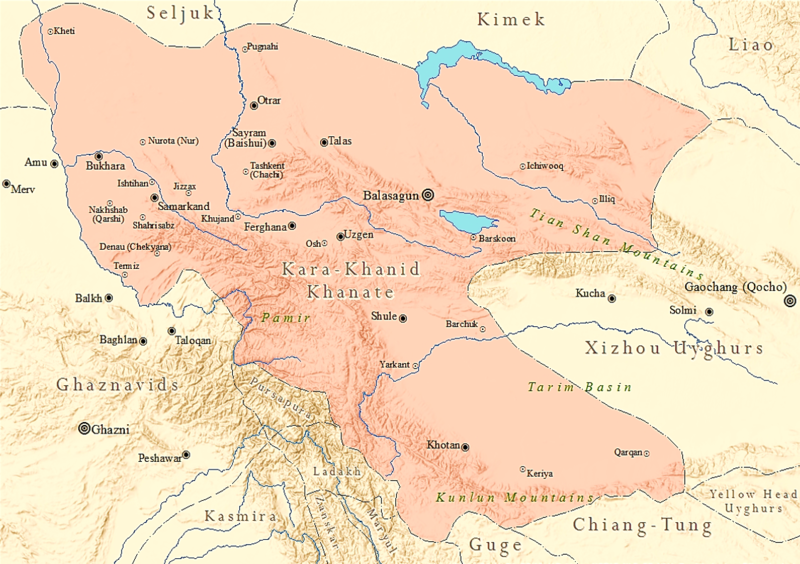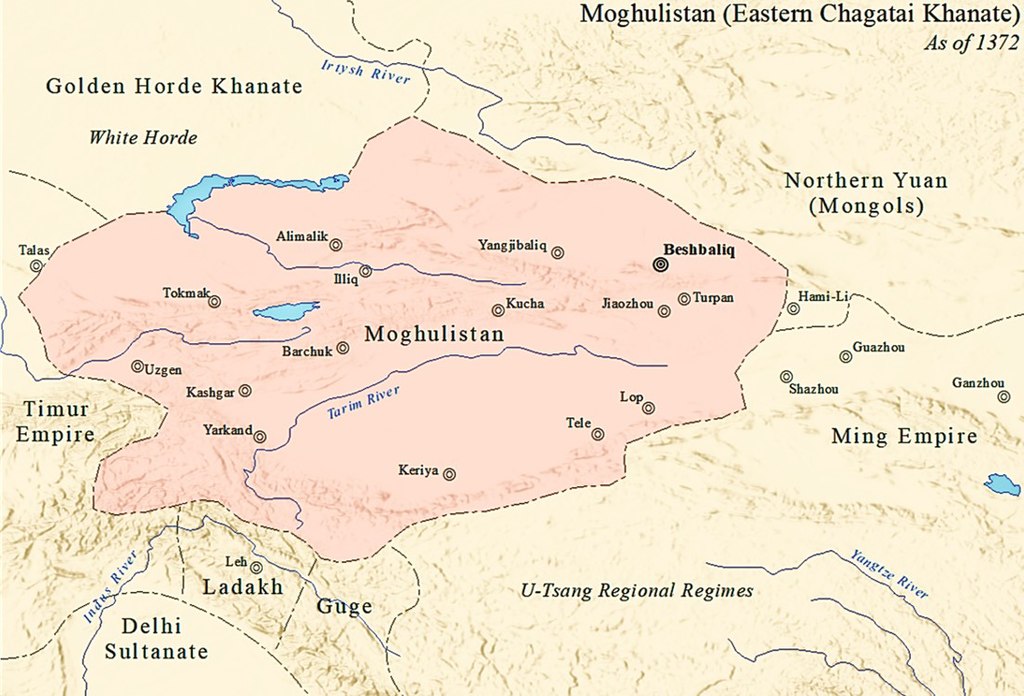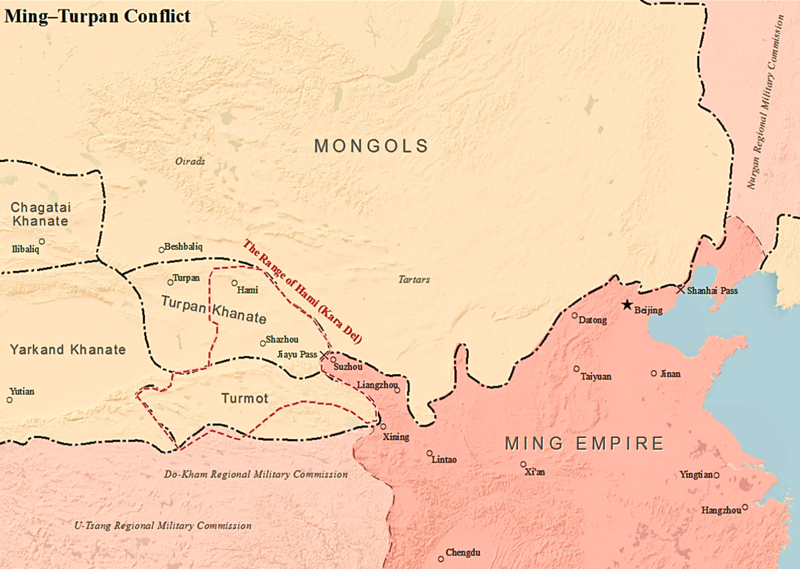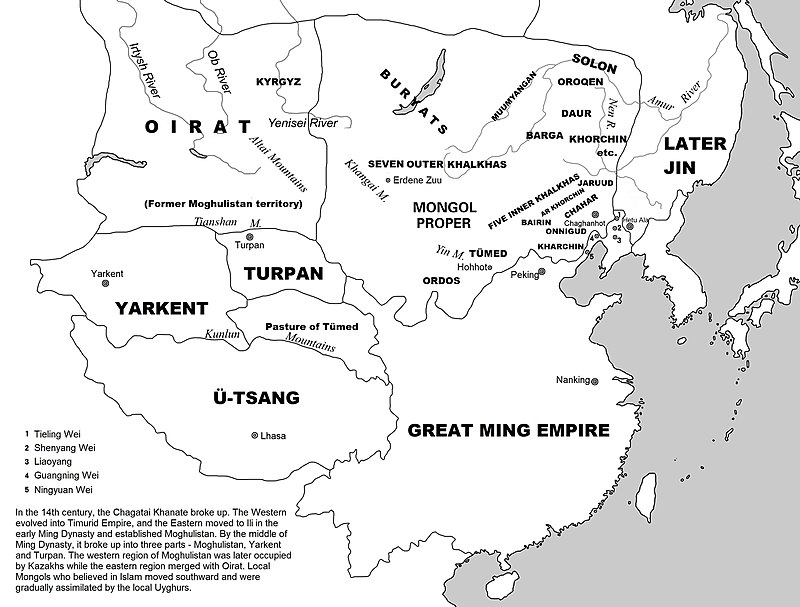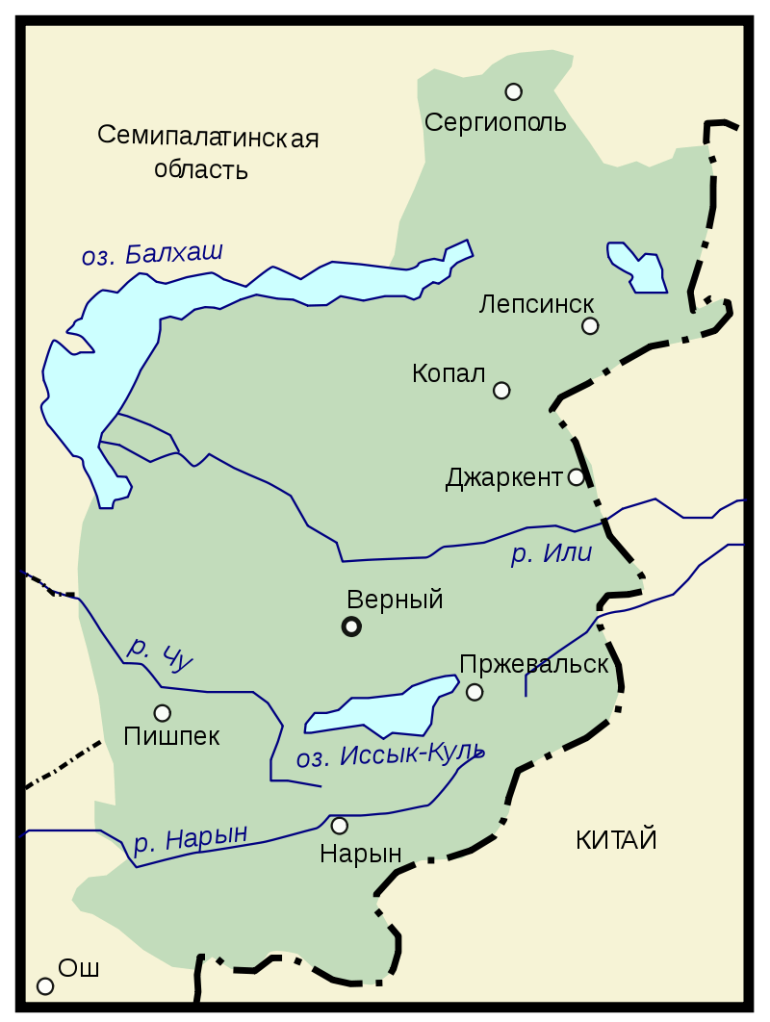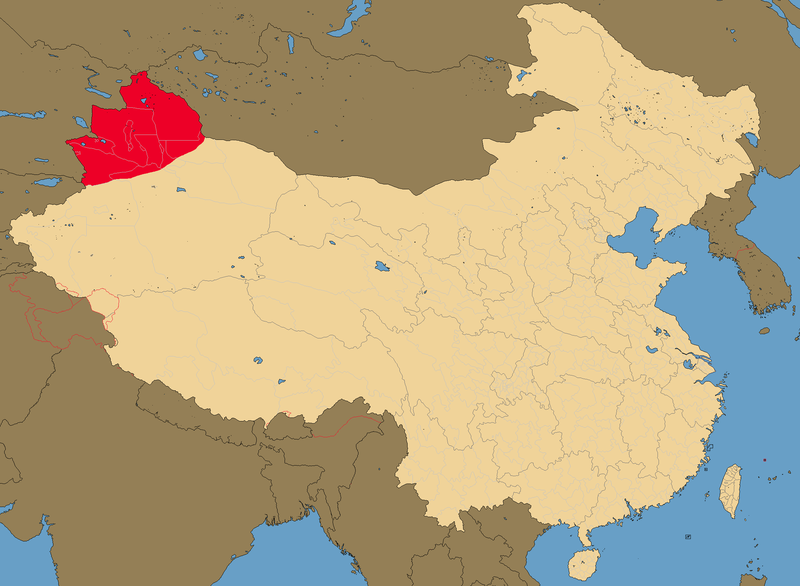By Prof. Muhammet Şemsettin Gözübüyükoğlu (Muhammad Shamsaddin Megalommatis)
Pre-publication of chapter XVI of my forthcoming book “Turkey is Iran and Iran is Turkey – 2500 Years of indivisible Turanian – Iranian Civilization distorted and estranged by Anglo-French Orientalists”; chapters XIV, XV and XVI belong to Part Five (Fallacies about Sassanid History, History of Religions, and the History of Migrations). The book is made of 12 parts and 33 chapters.
—————————————————
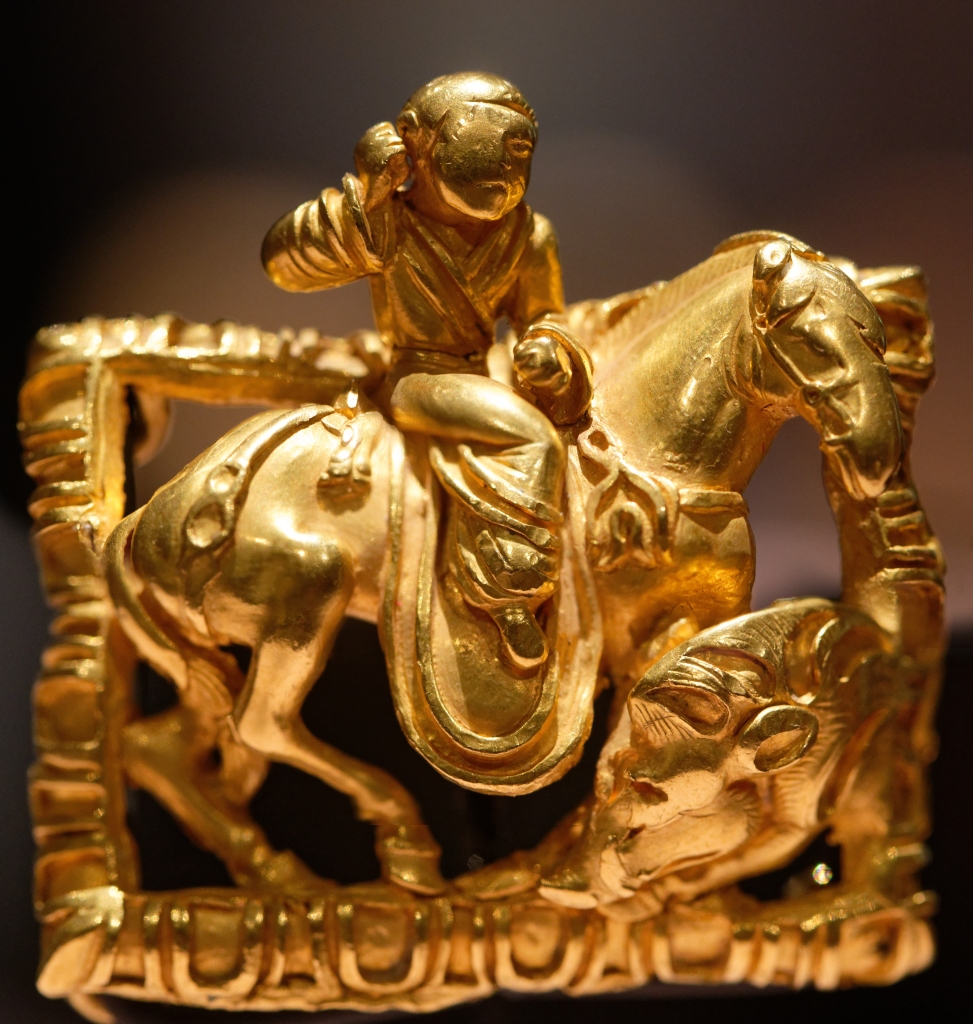
Hsiung-nu soldier from Saksanokhur, Tajikistan
However, soon afterwards, Europe faced two major threats that lasted many centuries: the Islamic armies and the Manichaean subversion. Despite their ferocity and their conquests, at a certain point the Islamic armies were stopped either in Western or in Eastern Europe. But the Manichaean tidal wave that hit Europe back was disproportional and beyond any expectation. Starting from the Eastern Roman Empire and the entire Caucasus region and as early as the 7th c. CE, the Paulicians triggered an enormous religious, social and imperial destabilization across vast lands. The famous Eastern Roman Akritai, i.e. the imperial Eastern Roman guards and frontal forces against the Islamic Caliphate, were – all – Paulicians, having rejected the Christian Orthodox Constantinopolitan theology. Digenes Akritas, the Eastern Roman Empire’s greatest hero and Modern Greeks’ most revered and foremost legendary figure was a Paulician, not an Orthodox.
Constantinopolitan patriarchs, emperors and theologians persistently described the Paulicians as Manichaeans; they used the same term also for the Iconoclasts. This does not mean that these religious, spiritual and esoteric systems of faith were ‘Manichaean’ stricto sensu, but they were definitely formed under determinant Manichaean impact. The same concerns the Bogomiles across the Balkans, Central and Western Europe, starting in the 10th c., the Cathars across Western Europe from the 12th c. onwards, and also many other religious, spiritual and esoteric systems that derived from the aforementioned.
The Muslim friends, partners and associates of the Paulicians were also groups formed under strong Manichaean impact and historically viewed as such; known as Babakiyah or Khurramites or Khorram-dinan, the 8th c. religious group setup by Sunpadh and led in the 9th c. by Babak Khurramdin made an alliance with the Eastern Roman Emperor Theophilos (829-842), an outstanding Iconoclast, and not only repeatedly revolted against the Abbasid Caliphate but also fought along with the Eastern Roman army in 837 in the Anti-Taurus Mountains to recapture Melitene (Malatya), and on many other occasions. The Khurramite commander Nasir and 14000 Iranian Khurramite rebels had no problem in being baptized Iconoclast Christians and taking Greek names (Nasir became then known as Theophobos), which shows the Manichaean origins and affinities of the Iconoclasts and the Khurramites.
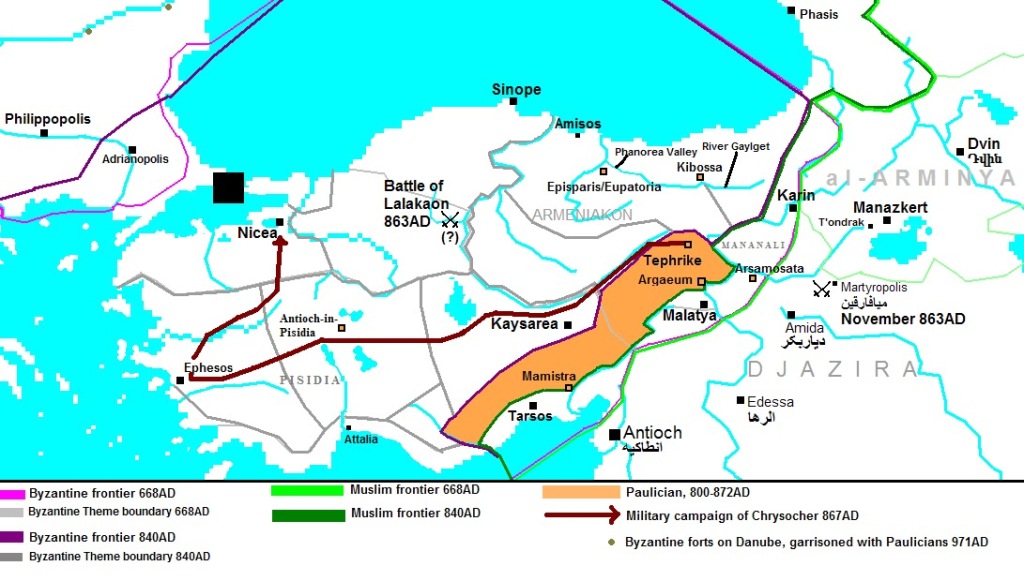
The state of the Paulicians
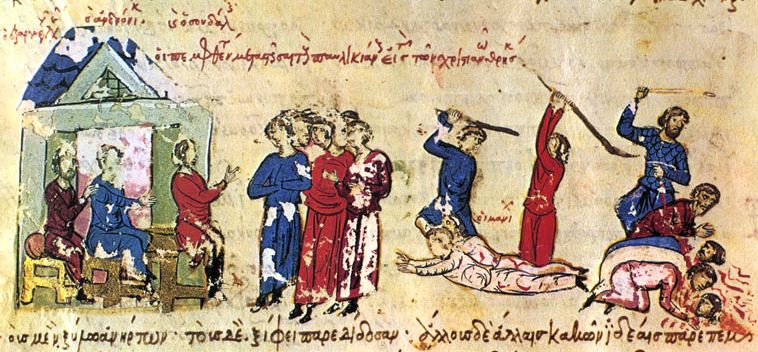
The massacre of the Paulicians
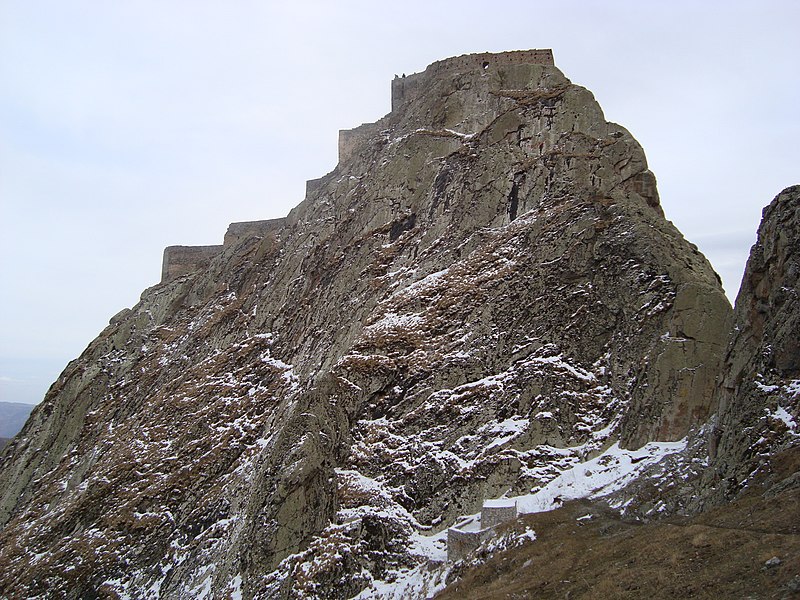
Kale-ye Babak, the impregnable castle of the Babakiyah (or Khurramites) near Kaleybar – East Azerbaijan, Iran
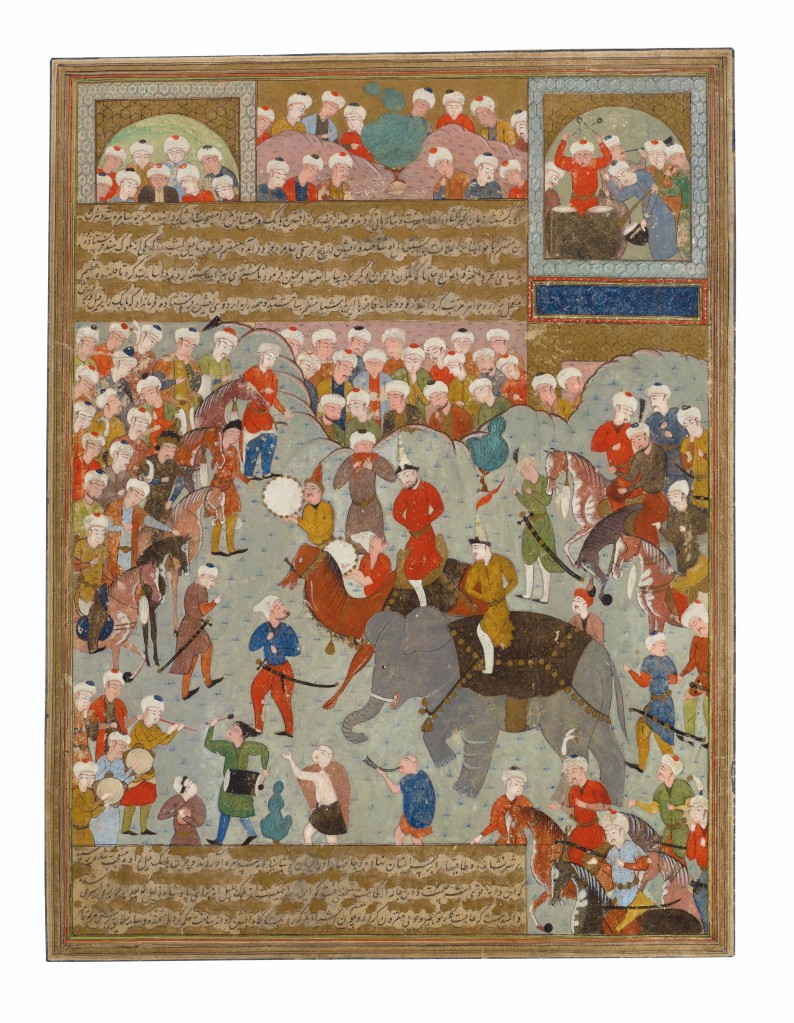
Afshin brings Babak as captive in Samarra. from a manuscript miniature of the Safavid times
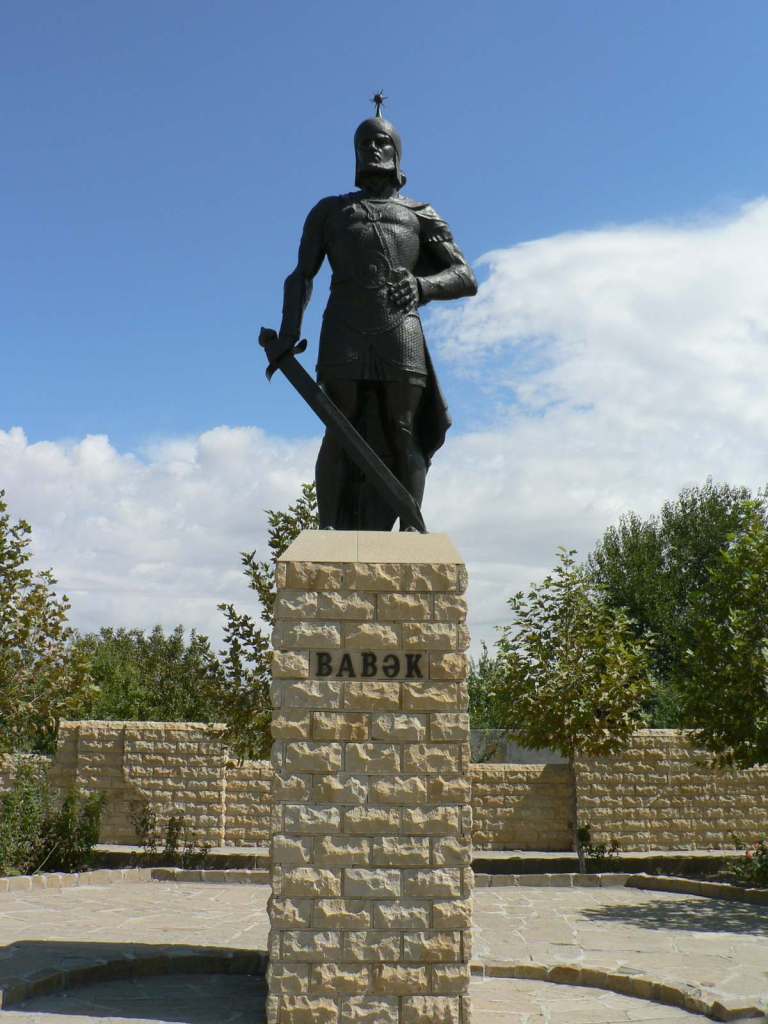
Babak Khorramdin statue from Babek city in Nakhchivan province of Azerbaijan
Within the context of early Islamic caliphates, the Manicheans prospered, definitely marked by their superiority in terms of spirituality, letters, sciences, philosophy and cosmology. It was relatively easy for them to reinterpret the Quran as a Manichaean scripture; it was totally impossible for the uneducated and naïve early Muslims to oppose Manicheans in open debate or to outfox Manichaean interpretative schemes. Among the leading Muslim erudite polymaths, mystics, poets and translators of the early period of Islamic Civilization (7th – 8th c.), many defended all major pillars of the Manichaean doctrine and even the dualist dogma; Ibn al Muqaffa is an example. The illustrious translator of the Middle Persian literary masterpiece Kalila wa Dimna into Arabic was a crypto-Manichaean Muslim, and surely he was not the only. Ibn al Muqaffa was executed as per the order of Caliph al-Mansur (754-775), but the first persecution of the Manicheans started only under the Caliph al-Mahdi (775-785); however, this was the time many groups and movements or Manichean origin started openly challenging Islam and the Caliphate in every sense. However, it is noteworthy that the greatest Caliph of all times, Harun al Rashid (786-809), had a very tolerant and friendly stance toward Manicheans of all types.
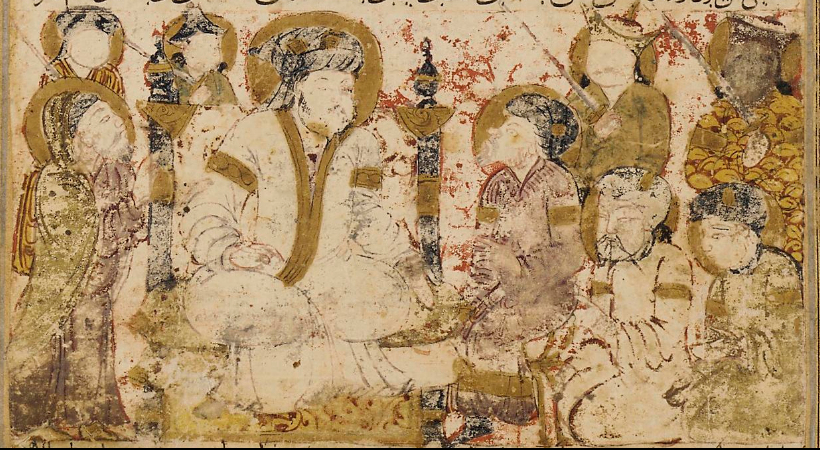
Abu’l Abbas al-Saffah proclaimed as the first Abbasid Caliph: the Abbasid dynasty opened the door for a cataclysmic Iranian cultural, intellectual, academic, scientific and spiritual impact on the Muslim world.
However, it is only as late as the time of Caliph al-Muqtadir (908-932) that the Manicheans, persecuted in the Caliphate, left Mesopotamia in big numbers, making of Afrasiab (Samarqand) and Central Asia the center of their faith, life and activities. This was not a coincidence; many Turanians had already been long date enthusiastic Manichean converts and adepts, whereas several Manichaean monuments unearthed in Central Asia date back to the 4th c. At the time of al-Mansur, the Uyghur Khaqan (: Emperor) Boku Tekin accepted Manichaeism as official state religion in 763; the Uyghur Khaqanate stretched from the Tian Shan mountains and the Lake Balkhash (today’s Kazakhstan) to the Pacific. For more than one century, Manichaeism was the state religion across the entire Northeastern Asia.
During the same time, Manichaeism was diffused in Tibet and China. Similarly with what occurred in the Islamic Caliphate, Manicheans in Tibet and China had it easy to reinterpret Buddhism in Manichaean terms. As a matter of fact, Chinese Buddhism is full of Manichaean impregnations. For this reason, several anti-Buddhist Chinese emperors (like Wuzong of Tang in the period 843-845) confused the Manicheans with the Buddhists and persecuted them too. However, Manichaeism was for many centuries a fundamental component and a critical parameter of all social, spiritual, intellectual and religious developments in China. And this was due to the incessant interaction of Turanians and Iranians across Asia. About:
https://en.wikipedia.org/wiki/Paulicianism
https://en.wikipedia.org/wiki/Byzantine_Iconoclasm
https://en.wikipedia.org/wiki/Akritai
https://en.wikipedia.org/wiki/Digenes_Akritas
https://en.wikipedia.org/wiki/Khurramites
https://en.wikipedia.org/wiki/Sunpadh
https://iranicaonline.org/articles/korramis
https://en.wikipedia.org/wiki/Babak_Khorramdin
https://en.wikipedia.org/wiki/Theophilos_(emperor)
https://en.wikipedia.org/wiki/Theophobos
https://en.wikipedia.org/wiki/Bogomilism
https://en.wikipedia.org/wiki/Catharism
https://en.wikipedia.org/wiki/Ibn_al-Muqaffa%27
https://en.wikipedia.org/wiki/Uyghur_Khaganate
During the Sassanid and early Islamic periods, the central provinces of Iran had to embrace many Turanian newcomers. This was one of the numerous Turanian waves that the Iranian plateau and its periphery had to welcome across the millennia. A vast and critical topic of the World History that was excessively distorted and systematically misrepresented across various disciplines of the Humanities is the chapter of the major Eurasiatic Migrations. Various distorting lenses have been used in this regard. It is surely beyond the scope of the present chapter to outline this subject, but I must at least mention it with respect to the persistent Orientalist efforts to divide and dissociate Iranian from Turanian nations across several millennia.
If one accepts naively the ‘official’ dogma of Western colonial historiography, one imagines that all the world’s major civilizations (Sumerians, Elamites, Akkadians-Assyrians/Babylonians, Egyptians, Cushites-Sudanese, Hittites, Hurrians, Urartu, Phoenicians, Iranians, Greeks, Romans, Dravidians, Chinese, etc.) were automatically popped up and instantly formed by settled populations. Modern historians, who compose this sort of nonsensical narratives, are monstrous gangsters intending to desecrate human civilization and to extinguish human spirituality. All civilizations were started by nomads, and there was always a time when all indigenous nations (each of them in its own turn) were migrants.
But modern Western historians intentionally and criminally misrepresent the major Eurasiatic Migrations in a most systematic and most sophisticated manner, by only introducing – partly and partially – aspects of this overwhelming and continual phenomenon, like spices on gourmet dishes. I do not imply that the Eurasiatic Migrations were the only to have happened or to have mattered; there were also important migrations in Africa, the Pacific, and the continent of the Aztecs, the Mayas and the Incas. However, I limit the topic to the migrations that are relevant to the History of Iran and Turan. So, those who study Ancient Roman History are customarily told that, ‘although everything was fine and civilized Romans prospered in peace’, suddenly some iniquitous barbarians arrived to invade Roman lands and to embarrass the civilized settled populations altogether; this type of bogus-historical presentations is a Crime against the Mankind, because it distorts the foremost reality of human history, namely that we have all been migrants.
There is no worst bigotry worldwide than that of settled populations.
Yet, every manual of history would be easily rectified, if few extra chapters were added, at the beginning and during the course of the narration, to offer an outline of parallel developments occurred in the wider and irrevocbly indivisible Eurasia.
The discriminatory, truly racist, manner by which the civilized migrants are presented in various manuals of (Mesopotamian, Egyptian, Cushitic, Anatolian, Roman, Greek, European, Russian, Iranian, Dravidian, and Chinese) History helps only reinstate the vicious and immoral axiom that ‘History is written by the victors’. Every historian, who does not consciously write in an objective manner to reveal the truth and to reject the paranoia of the aforementioned adage, is an enemy of the Mankind.
Beyond the aforementioned points, many historians today will try to find an excuse, saying that, by writing about let’s say the so-called ‘barbarian invasions of the Roman Empire’, they intentionally reflect the Roman viewpoint, because they rely on Roman historical sources. This could eventually be accepted, if stated in 1820, when the modern science of history had not advanced much, and only few archaeological excavations had taken place. But if this is seriously expressed as an apology today, it constitutes an outrage. The least one can say to these forgers is that they must first obtain an interdisciplinary degree, before publishing their nonsensical manual, or – alternatively – study several paperbacks on the History of the Migrant Nations (in this case: Huns, Vandals, Goths, etc.).
An even greater mistake that modern historians make is that they present the continual phenomenon of Eurasiatic migrations in a most fragmentary manner; this creates, by means of Nazi propaganda, the wrong idea and the distorted impression that all of a sudden, every now and then, new migrants appear in the horizon, coming out of the vast Asiatic ‘nowhere’. This is an aberration and a fallacy. The absurd factoid, which is deceitfully called “Invasions of the Roman Empire” and is peremptorily dated between 100 CE and 500 CE, is merely an academic fabrication. Why?
First, there were incessant migrations before and after the said period.
Second, the aforementioned factoid is a fallacy due to the fact that, during the same period, other migrations took also place, but the specialists in Roman History do not mention (or even do not know) them; however, these migrations (that they fail to even name) constitute intertwined phenomena with those that they present in their manuals, and consequently their presentation is a conscious and plain distortion.
Third, the events are always portrayed as a menace of barbarism, as breach of Roman legitimacy, and as violation of a hypothetical right of the Roman Empire to exist. This is an outrage; the Roman Empire was not a sacrosanct institution. In many aspects, its lawless formation, barbaric expansion, and bloody wars constitute some of the World History’s bleakest pages. But criminal colonial historians never discussed ‘unpleasant’ topics with the correct terminology; they did not write for instance about the barbarian Roman demolition of Carthage, the monstrous Roman sack of Corinth, the savage Roman invasion of Seleucid Syria or the lawless Roman annexation of Egypt.
This is the disgusting bias of the Western colonial historiographers: when a negative development takes place against Rome, it is ‘bad’; and quite contrarily, when an undesirable occurrence happens to others, it is ‘good’. And in order to represent this vicious bias as ‘historical truth’, they mobilize a great intellectual effort, involving many methods. In this regard, the Eurasiatic migrations are absurdly fractured into many parts, and many of these parts are deliberately concealed, when focus is made on only one of them. The pseudo-academic methods involved to disguise and conceal the topic are numerous.
First, some migrations are not presented as such, but named after the migrant nations; examples: Scythians, Sarmatians, Celts. And yet, these nations are basically known due to their migrations across vast lands.
Second, other migrations are not mentioned as such, but called after the name of the location where excavations brought to light the material remains of a migrant nation’s civilization; example: Andronovo culture, Afanasievo culture, etc.
Third, several migrant nations of different origin are regrouped after the geography where they spread; this is totally paranoid, because no one can possibly ‘regroup’ the Vandals, who crossed Central and Western Europe, reached North Africa, settled in Hippo Regius and Carthage, and then attacked Greece, Sicily, Rome, Sardinia, Corsica and the Iberian coastlands, with the Huns, who crossed Siberia, Russia, and Ukraine, settled in Eastern Europe and attacked the Balkans, Italy and Gaul.
Fourth, several migrant nations are dissociated from one another migrant nation of the same ethnic origin (example: Huns and Turkic nations), whereas in cases of severe distortion, different names of the same nation, attested in diverse historical sources, are tentatively presented as names of two different nations (example: Huns and Hsiung nu whose name is erroneously spelled Xiongnu).
Fifth, several parts of migrant nations are arbitrarily dissociated from their ethnic counterparts and presented separately as settled nations (example: White Huns or Hephthalites).
Sixth, the ethnic origin of several migrant nations is confusingly presented (example: the Bulgars, who were a Turkic nation, are often included in Europe’s ‘Migration Period’ and categorized along with Slavs, whereas they should have been mentioned in the ‘Turkic migrations’!).
To the aforementioned inaccuracies, distortions and prejudices, a plethora of false maps is added to comfortably reduce the size of kingdoms, empires and nations whose existence did not happen to please the discriminatory minds of the perverse Anglo-French and American colonial historians. About:
https://en.wikipedia.org/wiki/Andronovo_culture
https://en.wikipedia.org/wiki/Afanasievo_culture https://en.wikipedia.org/wiki/Sarmatians
https://en.wikipedia.org/wiki/Scythians
https://en.wikipedia.org/wiki/Celts
https://en.wikipedia.org/wiki/Migration_Period
https://en.wikipedia.org/wiki/Turkic_migration
https://en.wikipedia.org/wiki/Bulgars
https://en.wikipedia.org/wiki/Hephthalites
https://en.wikipedia.org/wiki/G%C3%B6kt%C3%BCrks
https://en.wikipedia.org/wiki/First_Turkic_Khaganate
https://en.wikipedia.org/wiki/Cumania
The end result of this systematization of Western colonial falsehood is that great and highly civilized conquerors and emperors like Attila, Genghis Khan, Hulagu Khan, Kublai Khan, Timur Lenk and others appear as mysterious meteorites, who came from “nowhere”, as barbarian invaders, and a “scourges of God”, whereas in reality they all (and many others) were far more educated, more cultured, more competent and more heroic than any Greek, Macedonian, Roman or European king or general. To the aforementioned historical reality additional, deceitful tactics and insidious procedures have been added by the criminal, racist, Western European and North American ‘historians’: they definitely proved to be able to write 100000 words to deplore the destructions supposedly caused to the Human Civilization by Attila, Genghis Khan, Hulagu Khan, and others, but when they happen to write about the fact that Alexander the Great burned Persepolis, they remain malignantly and partially silent, abstaining from any due criticism.
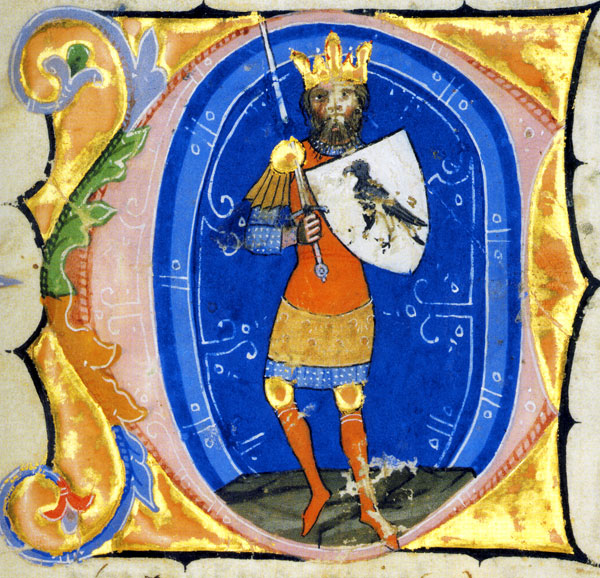
King Attila with the Turul bird in his shield (Chronicon Pictum, 1358)
It would be far easier for all to tell the truth: ‘Asia is Turan’ for most of its territory. And the moral lesson must be drawn: the existence of a ‘state’ is not a reason for anyone not to invade its lands. States are not sacrosanct; and in any case, the territory occupied by the nation that setup the local state, in all cases of historical states, was also invaded by the ancestors of that nation in the first place.
The biased Western colonial historians carry out all these distortions as tasks in order to promote the lawless interests of their own disreputable states; for this reason they always concealed the following unwavering reality: throughout World History, various fundamental concepts like ‘land’, ‘state’, ‘nation’, ‘sacred place’, etc. have had different connotations among nations of nomadic migrants and nations of settled populations.
Furthermore, several fundamental concepts, which are valid among settled nations, have no validity at all among nomads and migrant nations, and vice versa. In addition, some basic concepts that exist among nomads and migrant nations start being altered and becoming different if and when these nations happen to settle somewhere ‘permanently’. The concept of ‘universe’ and the deriving imperative of ‘universalism’ are fundamental notions of nomads and migrant nations; notably, the Akkadians (early Assyrians – Babylonians), who first produced significant literary narratives to detail the concept, were also a migrant nation that had settled only few centuries before writing down in cuneiform texts their world views.
The History of Eurasiatic Migrations, in and by itself, highlights the extensive presence of Turanians in Iran since times immemorial. Thanks to the Turanians of the Achaemenid Empire, the Turkic nations of Central Asia, China and Siberia came to get detailed descriptions of faraway regions and lands, such as Mesopotamia, Syria-Palestine, the Caucasus Mountains, the Anatolian plateau, the plains of Ukraine and Central Europe, the Balkan Peninsula, and Egypt. Consequently, further the interaction between Iran and Rome progressed, more details about the western confines of Europe reached the Turanian nomads who were moving around Lake Balkhash (Kazakhstan), Yenisey River and Baikal Lake (Siberia), Orkhon River (Mongolia), the Tarim Basin (China), the Oymyakon River (Yakutia, Eastern Siberia) and other circumferences. The incessant waves of migrations to the West and to the South were not blind and desperate movements of uninformed barbarians, who ran like crazy on their horses; only the distorted publications of Western colonial historians contain similar, nonsensical conclusions.
The pattern of the Turanian military horsemen and skillful soldiers is absolutely prominent and protruding in the History of the Early Caliphates; but it is merely the continuation of a millennia long tradition. This consists in a very embarrassing fact for all the Western Orientalists specializing in Early Islamic History, and more particularly with focus on the 8th c. CE, the collapse of the Umayyad Caliphate, and the rise of Abbasid Baghdad. They therefore constantly come up with incredible assumptions, farfetched arguments, nonsensical explanations, and sly innuendos to explain how and why so many Turanian soldiers and military heads appear in the Islamic Caliphate. In fact, without Turanian military skills, the Umayyad dynasty of Damascus may have not been overthrown.
It is well known that the early Islamic armies advanced up to Merv in today’s Turkmenistan (651) and they stopped there. For the next hundred years, the only Islamic advance in Asia was effectuated only in today’s Baluchistan province of Pakistan; only at the end of the 7th c. and the beginning of the 8th c., the Islamic armies reached the Indus Delta and Gujarat. But how the Islamic Caliphate started being flooded with Turanian soldiers as early as the last decades of the Umayyad rule, if there had not already been massive Turanian populations in the Sassanid Empire of Iran? If the Turanian nations were confined ‘somewhere in Eastern Siberia and Mongolia’ (as per the distortions of colonial Orientalists), why did they appear to be so deeply involved in battles and developments that took place in Mesopotamia and Syria during the first half of the 8th c.? The answer to this question is very simple: there were always massive Turanian populations in the Pre-Islamic Iranian empires.
———————————————————
Download the chapter in PDF:

